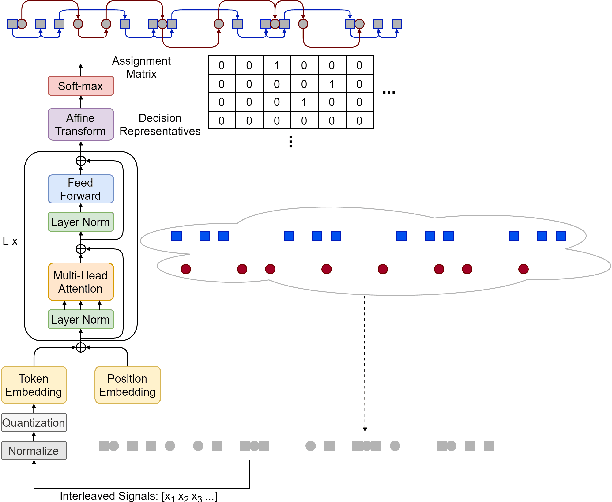Yeti Z. Gürbüz
Minibatch Optimal Transport and Perplexity Bound Estimation in Discrete Flow Matching
Nov 01, 2024Abstract:Outperforming autoregressive models on categorical data distributions, such as textual data, remains challenging for continuous diffusion and flow models. Discrete flow matching, a recent framework for modeling categorical data, has shown competitive performance with autoregressive models. Despite its similarities with continuous flow matching, the rectification strategy applied in the continuous version does not directly extend to the discrete one due to the inherent stochasticity of discrete paths. This limitation necessitates exploring alternative methods to minimize state transitions during generation. To address this, we propose a dynamic-optimal-transport-like minimization objective for discrete flows with convex interpolants and derive its equivalent Kantorovich formulation. The latter defines transport cost solely in terms of inter-state similarity and is optimized using a minibatch strategy. Another limitation we address in the discrete flow framework is model evaluation. Unlike continuous flows, wherein the instantaneous change of variables enables density estimation, discrete models lack a similar mechanism due to the inherent non-determinism and discontinuity of their paths. To alleviate this issue, we propose an upper bound on the perplexity of discrete flow models, enabling performance evaluation and comparison with other methods.
Blind Deinterleaving of Signals in Time Series with Self-attention Based Soft Min-cost Flow Learning
Oct 24, 2020

Abstract:We propose an end-to-end learning approach to address deinterleaving of patterns in time series, in particular, radar signals. We link signal clustering problem to min-cost flow as an equivalent problem once the proper costs exist. We formulate a bi-level optimization problem involving min-cost flow as a sub-problem to learn such costs from the supervised training data. We then approximate the lower level optimization problem by self-attention based neural networks and provide a trainable framework that clusters the patterns in the input as the distinct flows. We evaluate our method with extensive experiments on a large dataset with several challenging scenarios to show the efficiency.
 Add to Chrome
Add to Chrome Add to Firefox
Add to Firefox Add to Edge
Add to Edge